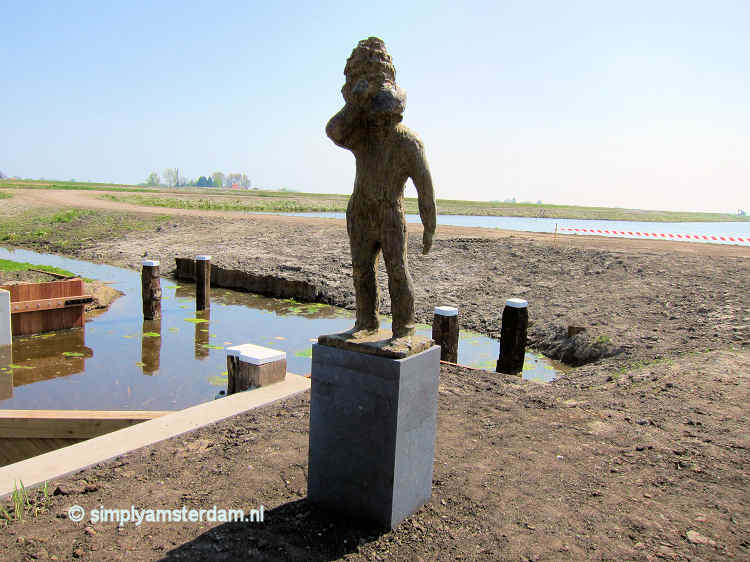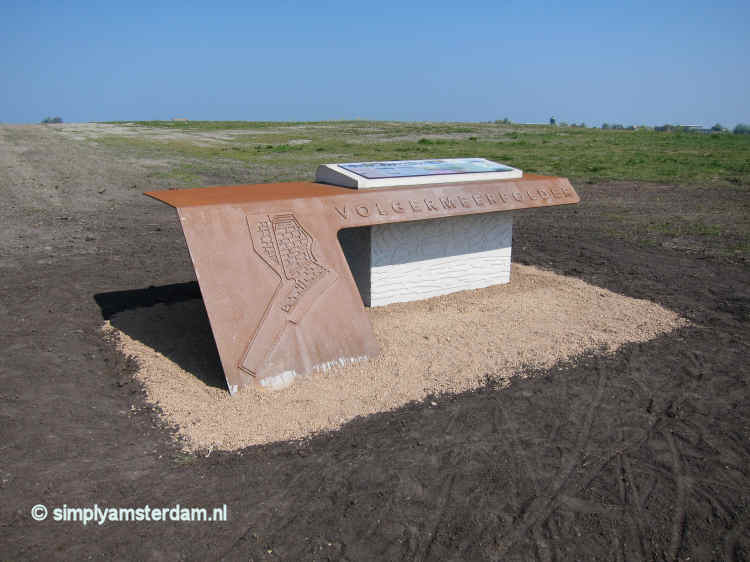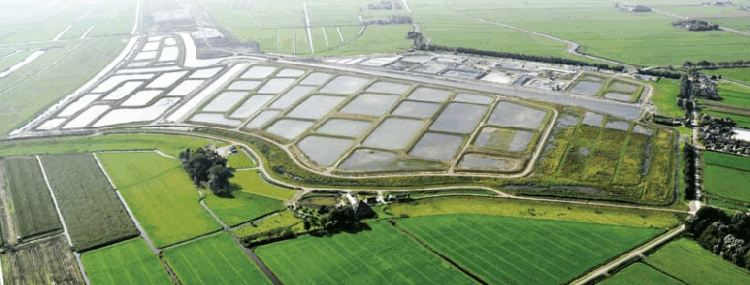The Volgermeerpolder is known as one of the big toxic waste scandals in the Netherlands. For decades, all kinds of refuge from Amsterdam would be deposited in this area in Amsterdam North, just south of the village of Broek in Waterland, until the site was closed in the 1980's.
Despite the name, that has 'polder' in it, Volgermeerpolder is not reclaimed land. A map maker in the 19th century erroneously called the area Volgermeerpolder, and the name stuck.
After a long sanitation period it has now been transformed into a recreation area, for hiking, cycling, horse riding and canooing. The park also functions as a nature reserve. It was opened for the public in 2011.
Typical of this park are the large ponds, called 'sawa's', which were created to stimulate nature development. Plants are allowed to grow in the shallow water, which in the long run will create peat. The water also attracts many birds.
The toxic waste is stil there, but wrapped in a layer of plastic and covered with a thick layer of soil. An underground monitoring system has been placed to check for possible leakages. The toxic waste will stay there forever, and so will the monitoring system - so the authorities promised.
The layer of soil is thick enough to allow for plants and large ponds where water plants grow.
If you go through the Volgermeerpolder, you'll notice at one point the road rises a few meters. That is where underneath is the waste dump. Because of this slight raise in the landscape, you have a nice view of the beautiful rural area North of Amsterdam.
The Volgermeerpolder can only be entered on foot or by bicycle.

Statue for peat labourer at Volgermeerpolder

Information point Volgermeerpolder

Areal view of Volgermeerpolder